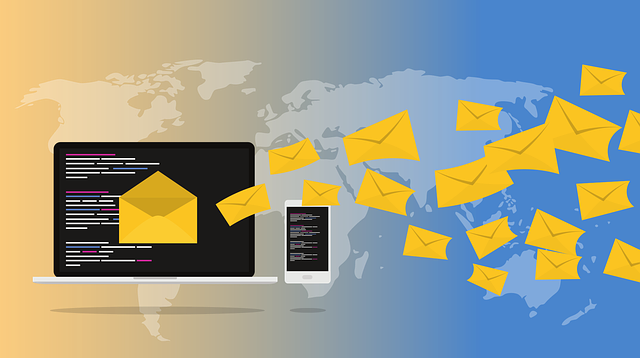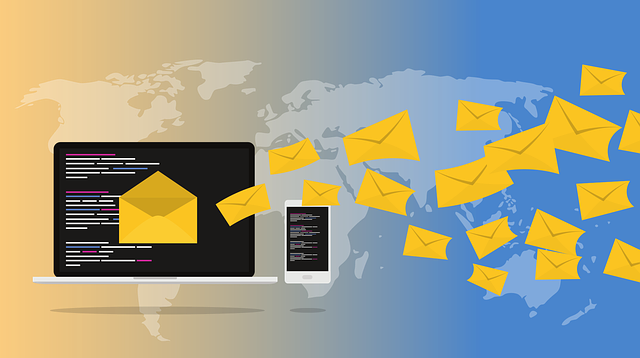AI workflow optimization thrives on identifying and addressing bottlenecks through data analysis and resource management. By analyzing historical data, user interactions, and performance metrics, organizations uncover inefficiencies. This involves computational constraint assessment, process automation with AI assistants, and leveraging machine learning for task optimizations. AI-driven strategies free up resources, expedite processes, enhance accuracy, and enable data-informed decision making, ultimately driving organizational growth and success.
In the fast-paced world of AI development, identifying and eliminating bottlenecks is crucial for achieving optimal performance. This article guides you through the process of streamlining your AI workflows, ensuring efficient data processing and accelerated model training. We’ll explore key areas like understanding bottleneck origins, gathering and assessing data quality, analyzing computational limits, and uncovering process inefficiencies. By implementing AI-driven optimizations, gain insights to enhance productivity and revolutionize your AI workflow optimization strategies.
- Understanding Bottlenecks in AI Workflows
- Data Collection and Quality Assessment
- Analyzing Computational Constraints
- Identifying Process Inefficiencies
- Implementing AI-Driven Optimizations
Understanding Bottlenecks in AI Workflows

In the realm of AI workflow optimization, understanding bottlenecks is paramount. Bottlenecks in AI workflows are typically points where processes slow down or become inefficient, often caused by resource constraints, complex algorithms, or data processing limitations. These bottlenecks can manifest as delays in model training, computationally intensive tasks, or manual intervention required at critical stages. Identifying these roadblocks is crucial to enhancing overall efficiency. By meticulously analyzing each step in the AI funnel, from data ingestion to model deployment, organizations can pinpoint specific areas needing improvement.
AI agents and assistants play a pivotal role in navigating these bottlenecks. They can automate repetitive tasks, optimize resource allocation, and offer real-time performance insights. For instance, an AI assistant could streamline data preparation by identifying and cleaning anomalies, thereby reducing the time spent on manual data validation. Similarly, AI agents can monitor model performance and trigger updates or adjustments to minimize delays caused by suboptimal algorithms. This proactive approach ensures that bottlenecks are addressed before they hinder progress, fostering a smoother and more efficient AI workflow optimization journey.
Data Collection and Quality Assessment

Identifying bottlenecks in AI workflow optimization begins with comprehensive data collection. To effectively harness the power of artificial intelligence (AI) for streamlining processes, organizations must gather relevant data from various sources within their operations. This could include historical process data, user interactions, feedback loops, and performance metrics. The key is to collect diverse data that reflects every step of the workflow, ensuring a holistic view of potential bottlenecks.
Once collected, data quality becomes paramount. Assessing the validity, accuracy, and completeness of the dataset is crucial for training AI models effectively. A robust quality assessment process involves cleaning the data, handling missing values, removing duplicates, and validating against established standards or industry benchmarks. This meticulous step ensures that any errors or biases in the data do not hinder the AI workflow optimization efforts, allowing AI agents, such as AI assistants or AI chatbots, to make informed decisions and provide accurate outputs.
Analyzing Computational Constraints

Identifying bottlenecks in AI workflow optimization begins with a thorough analysis of computational constraints. In the realm of ai workflow optimization, understanding the limitations of your computational resources is paramount. These constraints can manifest as processing power, memory capacity, or network bandwidth issues. For instance, an ecommerce ai platform might struggle to handle complex tasks during peak hours due to limited computing power, leading to delays in order fulfillment and customer service. By examining these constraints, businesses can pinpoint areas where additional resources or more efficient algorithms could significantly enhance performance.
E-commerce automation benefits greatly from this process as it allows for the redistribution of computational resources to critical tasks. For example, implementing an ai assistant to handle routine data processing can free up significant computing power for more sophisticated AI models that drive personalized recommendations and predictive analytics. This strategic approach ensures that computational resources are allocated optimally, fostering smoother workflows and improved customer experiences in ecommerce automation.
Identifying Process Inefficiencies

Identifying process inefficiencies is a crucial step in optimizing any workflow, and AI offers powerful tools to streamline this process. By leveraging machine learning algorithms, businesses can analyze vast amounts of data related to their operations. This includes tracking task durations, resource allocation, and bottlenecks in various stages of production or service delivery. For instance, an e-commerce company might use AI to scrutinize the entire order fulfillment process, from customer inquiry to shipping. The algorithm can quickly pinpoint areas where delays occur consistently, such as manual data entry taking longer than expected.
Once these inefficiencies are uncovered, businesses can employ various strategies to enhance ai workflow optimization. Implementing an AI chatbot, for example, can automate repetitive tasks like customer support queries or order status updates, freeing up human agents to handle more complex issues. In the realm of ai sales, chatbots can also be trained to qualify leads and provide personalized recommendations, thus improving overall sales efficiency.
Implementing AI-Driven Optimizations

Implementing AI-driven optimizations is a strategic step towards enhancing overall efficiency within an organization’s workflows. Artificial intelligence agents can analyze vast data and complex patterns to identify bottlenecks and inefficiencies that may be overlooked by human observers. By deploying AI, businesses can automate repetitive tasks, making processes faster and more accurate. For instance, in ecommerce automation, AI agents can optimize inventory management, predict customer demand, and personalize marketing campaigns, thereby increasing sales and improving the overall customer experience.
These intelligent systems learn from historical data and adapt to changing trends, ensuring that workflows remain dynamic and responsive. The integration of AI workflow optimization allows companies to make data-driven decisions, improve productivity, and gain a competitive edge in their respective industries. This technology enables businesses to streamline operations, reduce human errors, and allocate resources effectively, ultimately driving growth and success.
By understanding and addressing bottlenecks within AI workflows, organizations can unlock significant efficiency gains. Through strategic data collection, thorough quality assessments, computational constraint analysis, and process inefficiency identification, businesses can harness the power of AI-driven optimizations to streamline operations. Implementing these enhancements enables faster time-to-market for AI models, improves resource allocation, and ultimately fosters a more productive and profitable AI development environment. Embrace ai workflow optimization as a continuous journey to stay ahead in the digital age.
